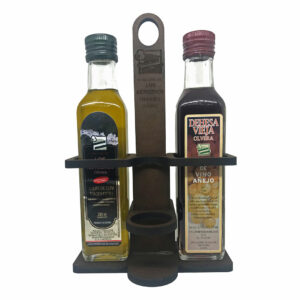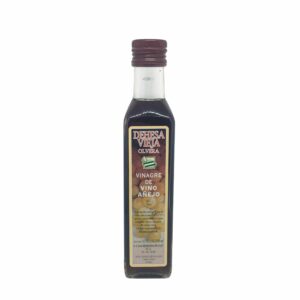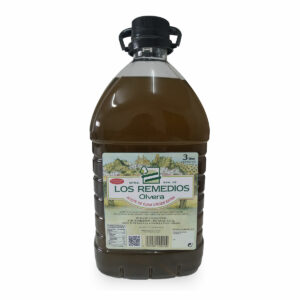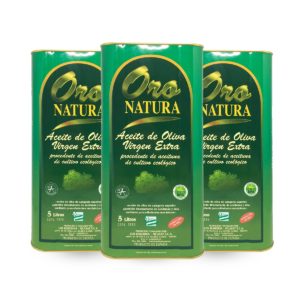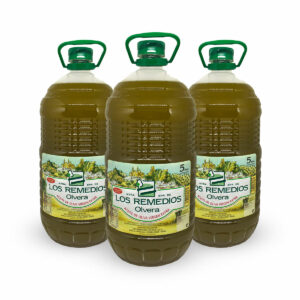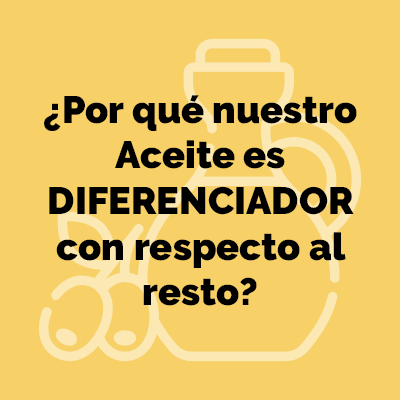THEY CAN REQUEST SPECIALIZED ADVICE IN THE OFFICES OF THE COOPERATIVE
From the Los Remedios-Picasat Cooperative we are aware of the low diversity of our agrarian system, which in turn generates low sustainability not only of economic but also agronomic resources. Thus, incorporate other crops into our production system, that generate labor and that represent an alternative as a source of wealth for our farmers, It will allow us to face with better guarantees of success the economic difficulties caused in times of market crisis..
Due to the existence of farmers with knowledge in the cultivation of Pistachio in the region and the uncertainty of the farmers to know the adaptability of the crop, We have carried out a climatic study evaluating the suitability of the crop in the region.
Weather for Olvera: The climatological study has been carried out with data from the agro-meteorological station that the Cooperative has at its facilities in Olvera, at an altitude of 643 meter. The sample of the data is from 10 years: since 2006 until 2015, minimum necessary to actually represent the current situation.
Average rainfall is 440,78 mm and humidity in the summer months (June, July and August) It is 39,82%.
Limiting factors
1.- Cold hours: The analytical estimation is made on the Weinberger and Da Mota methods (months of November, December, January and February). For both methods the value is 900 Cold Hours.
For altitudes other than 624 meters the variation in cold hours would be + O – 0,27 Cold Hours / metro.
2.- Accumulated Heat Hours: Pistachio needs an accumulation of Heat Hours, which varies depending on whether it is early or late varieties. The limit values below which the cultivation of Pistachio would be inadvisable, would, for early varieties: 3100 UC (Heat Units) and for late varieties: 3550 UC. In the Olvera area, an average of 3800 UC, so this variable is more than fulfilled.
Por potra part, the crop needs, in the early varieties, between 700 Y 900 Cold Hours, and in the late varieties above 1.100 Cold Hours.
3.- RH: The limiting factor is the relative humidity HR (%), of the months of June, July and August. The value obtained for Olvera is 39,82%. The limit value above which we would have problems with fungi, is from 50%.
4.- Precipitation: The average annual precipitation is 440,78 mm. The limit values that must not be exceeded are: April (50 mm.), Mayo (45 mm.) and September (30 mm.).The recorded data do not exceed the limit values.
Choice of varieties: The recommended cultivars for Olvera, generically, are the early ones (Mateur, Larnaca and Avdat). For areas with different altitude or special orography, a specific study would be necessary to recommend or not late varieties such as Kerman..
Choice of pattern: To define the pattern with rigor, an edaphic study of the land would have to be carried out, which would take into account parameters like possible pattern type (Cornicabra, Atlantis or UCB1), the clay percentage, the degree of fertility, the possibility or not of irrigation and tolerance to Verticilium.
Pattern-Variety compatibilities: The compatibility between pattern and varieties is estimated by the influence of the pattern regarding Production, percentage of open fruits and percentage of empty fruits. So we would have:
A. Kerman on Cornicabra or Atlantis
B. Larnaka and Mateur on Cornicabra or Atlantida
C. Avdat on Cornicabra
For any questions about cultivation or to know the possible planning of your plantation, The Cooperative has at its disposal an Agricultural Engineer, specialized in alternative crops (Pistachio, Almendro, etc), in the morning (8:30 a 13:30h).

